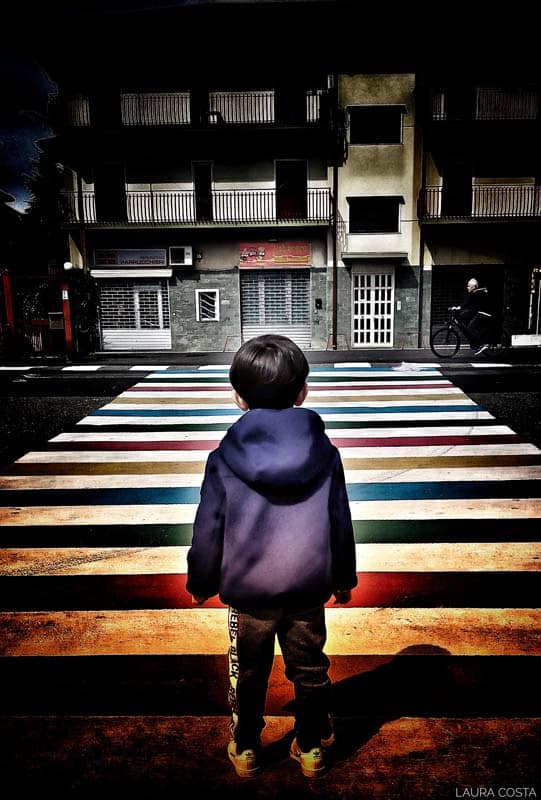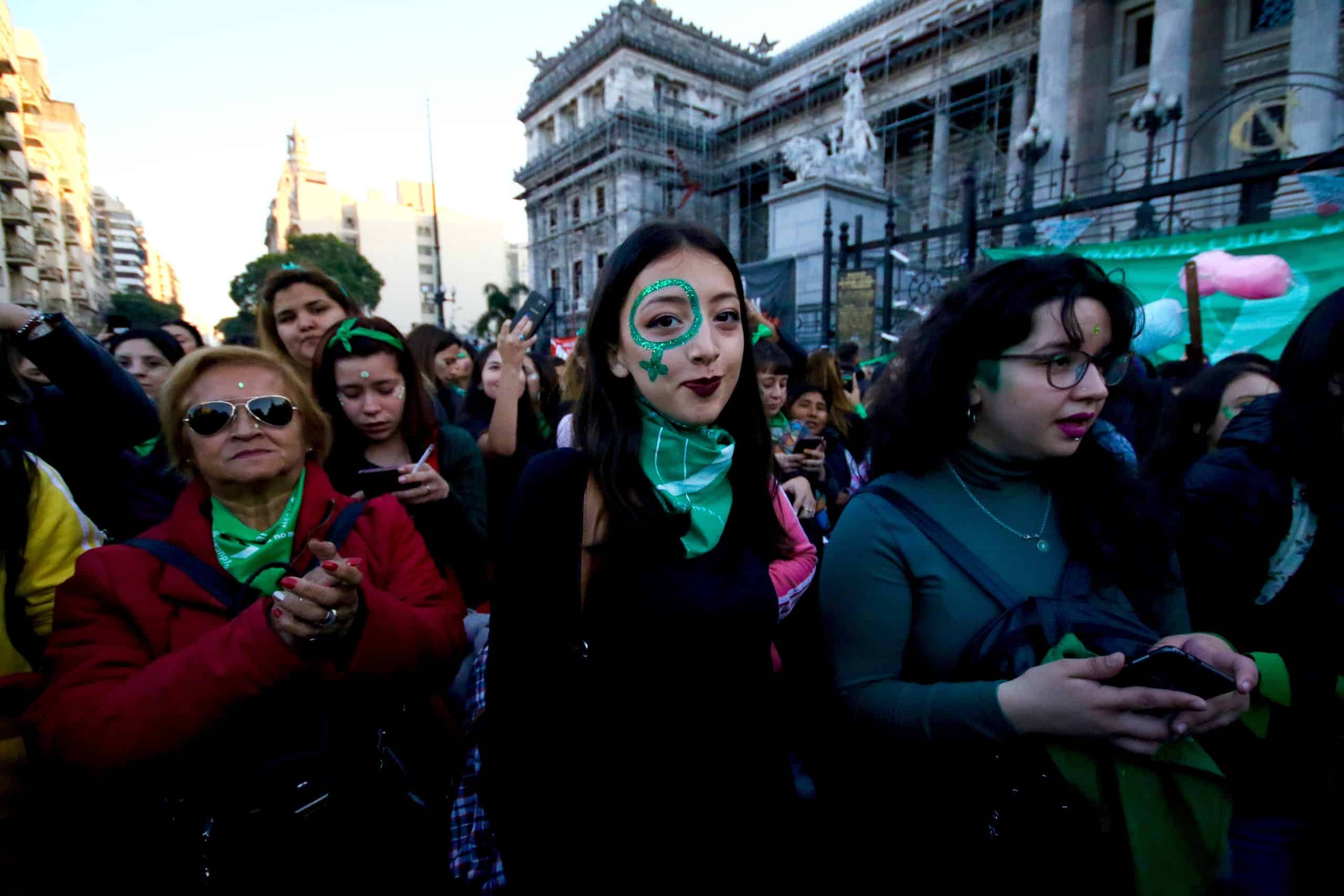Imran è nato in Bangladesh e ha 11 anni. Lavora in una fabbrica di Dhaka che fa utensili in metallo e guadagna meno di 5 dollari al giorno.
A giugno si è celebrata la Giornata mondiale contro il lavoro minorile, istituita nel 2002 dall’Organizzazione internazionale del lavoro per evidenziare la difficile situazione dei bambini sfruttati.
Secondo l’Unicef, il problema è ancora attuale e coinvolge, nei Paesi in via di sviluppo, oltre 150 milioni di bambini di età compresa tra i 5 e i 15 anni. La maggior parte di loro, circa 1 su 4, fa lavori rischiosi per lo sviluppo fisico (nelle miniere cambogiane o congolesi, nelle piantagioni di cacao in Costa d’Avorio oppure a contatto con sostanze nocive per la salute).
Alcuni svolgono mansioni pericolose e lesive della dignità umana, come la prostituzione, la tratta, lo spaccio o l’arruolamento come bambino soldato. La maggioranza di loro, secondo Unicef, si trova in Africa sub-sahariana (il 25%), mentre in Asia meridionale il 12% di loro – circa 77mila bambini – svolge lavori potenzialmente pericolosi.Tra i Paesi sfruttatori vi sono Pakistan (l’88% dei bambini che non studiano, lavorano), il Bangladesh (48%), l’India (48%) e lo Sri Lanka (10%). Anche l’Italia non è esente dal problema: secondo Save the children sono 340mila i bambini costretti a lavorare, e 28mila di questi sono coinvolti in attività pericolose.
Gallery a cura di Monica Di Brigida














